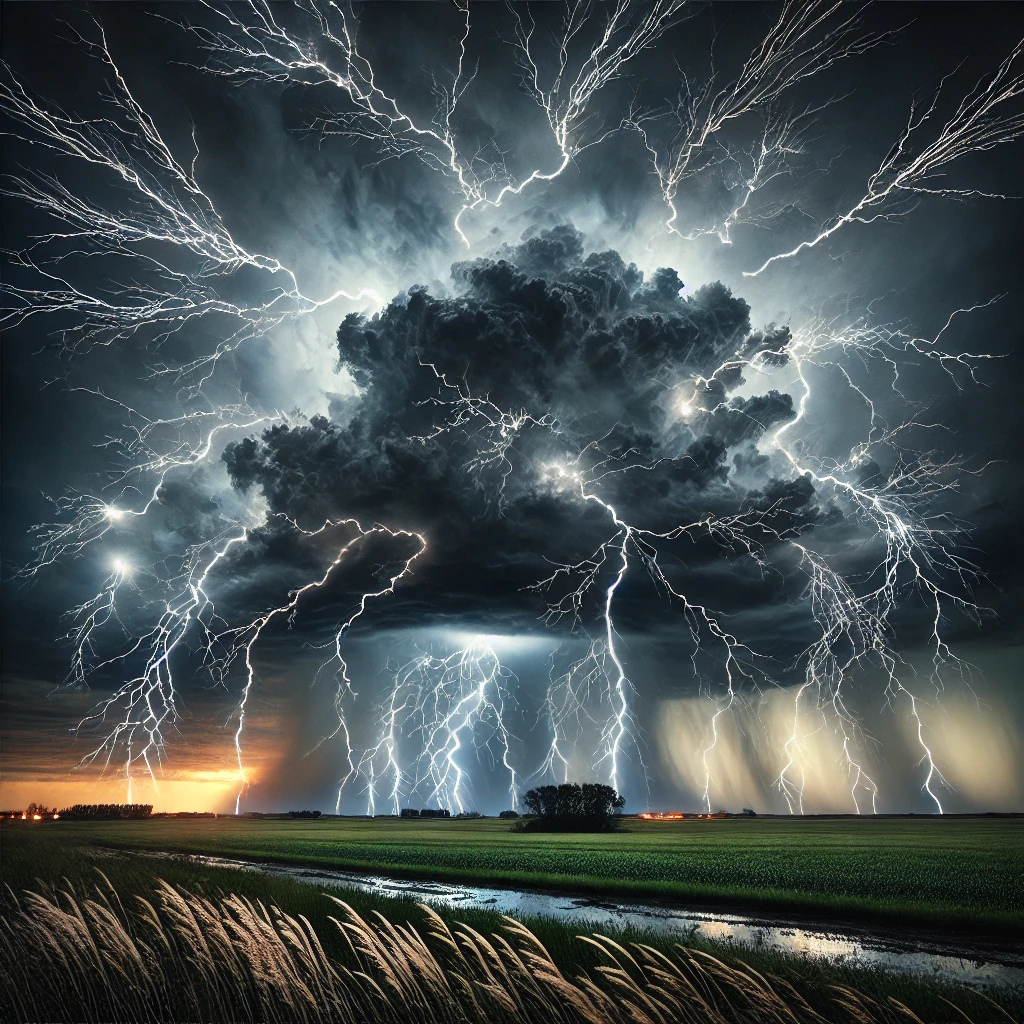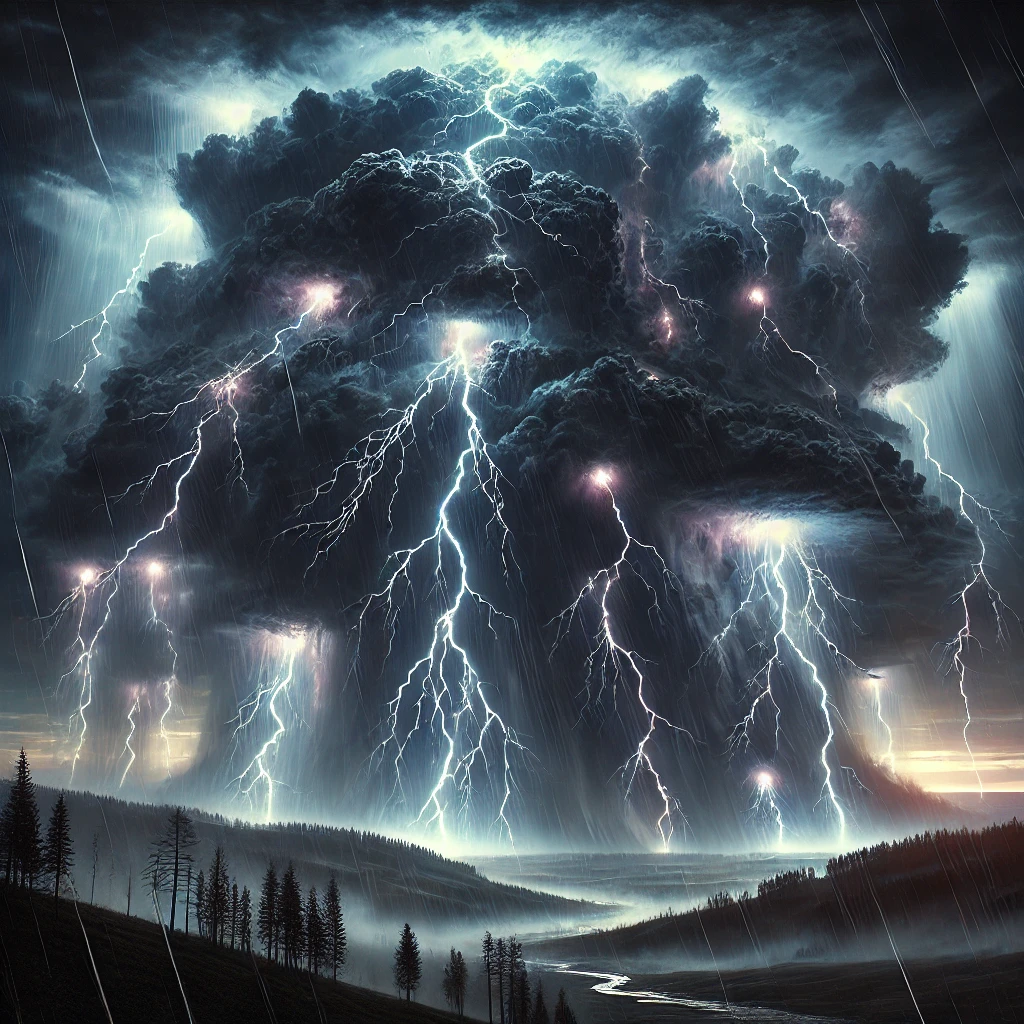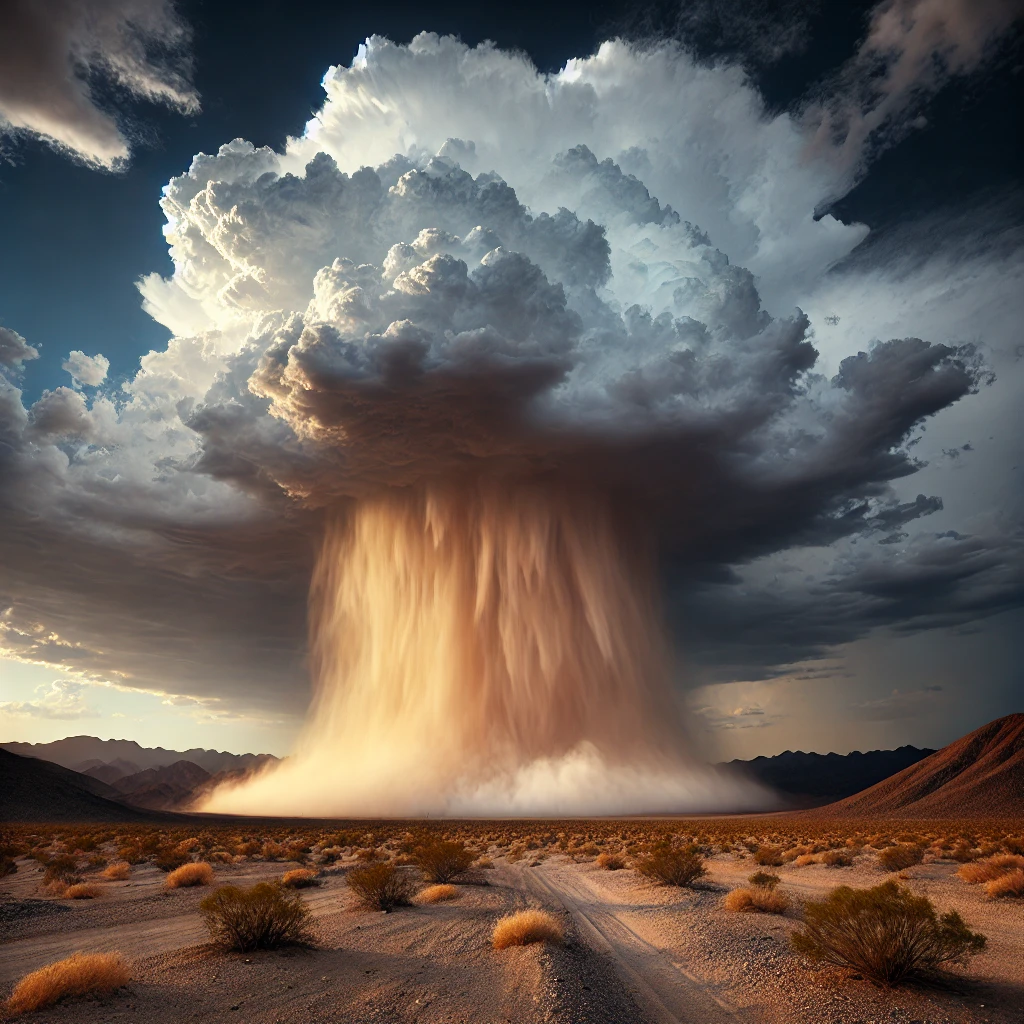The Science Behind Thunderstorms: What Causes Lightning and Thunder?
Introduction:
Thunderstorms are fascinating and powerful weather phenomena characterized by heavy rainfall, strong winds, and often accompanied by lightning and thunder. Understanding the science behind thunderstorms, particularly what causes lightning and thunder, requires delving into meteorological processes and atmospheric physics. This article will explore the formation of thunderstorms, the mechanics of lightning and thunder, and their implications for safety and environmental health.
What is a Thunderstorm?
A thunderstorm is a rain-bearing cloud that produces lightning and thunder. They can vary in intensity, from brief showers with little impact to severe storms that can lead to destructive weather events like tornadoes, hail, and flash flooding. Thunderstorms generally form in warm, humid conditions and can occur in various climates.
Types of Thunderstorms
- Single-cell Thunderstorms: Often short-lived, these storms usually last for less than an hour. They are commonly found in summer and occur in relatively stable air conditions.
- Multi-cell Thunderstorms: These consist of several cells that can develop in different stages. Multi-cell thunderstorms are more powerful and can produce severe weather, including hail and heavy rainfall.
- Supercell Thunderstorms: The most severe type, supercells can produce tornadoes, large hail, and heavy rain. They have a rotating updraft, known as a mesocyclone, making them particularly dangerous.
Formation of Thunderstorms
The development of thunderstorms involves several key processes:
1. Humidity and Warm Air
Thunderstorms require warm, moist air to develop. Warm air is less dense than cool air, causing it to rise. As this warm, moist air ascends, it cools and expands. The moisture within the air condenses into water droplets or ice particles, forming clouds.
2. Instability
Instability in the atmosphere is crucial for thunderstorm development. When warm air rises rapidly, it creates a vertical movement that enhances cloud formation. If the surrounding air is cool, it will promote further rising of the warm air, leading to the development of towering cumulus clouds.
3. Lift
Various mechanisms can provide the lift needed for thunderstorms, including:
- Convection: Localized heating of the earth’s surface causes air to rise.
- Frontal Boundaries: Cold fronts push under warm air, causing it to rise.
- Topography: Mountains can force air upward, leading to thunderstorms.
4. Cloud Development
As the moist air rises and cools, it leads to cloud formation. When the clouds reach sufficient height, they develop into cumulonimbus clouds, the towering giants of thunderstorms. These clouds can extend up to 60,000 feet into the atmosphere.

You May Also Like: Tornadoes: Nature’s Most Violent Storms Explained
The Mechanics of Lightning
Lightning is a powerful discharge of electricity that occurs within clouds, between clouds, or between clouds and the ground. The process of lightning formation involves several steps:
1. Charge Separation
As the storm develops, collisions between ice particles within the cloud cause a separation of electrical charges. Lighter ice particles tend to acquire a positive charge and rise to the top of the cloud, while heavier particles, which tend to be negatively charged, sink to the lower part of the cloud. This charge separation creates a strong electric field within the cloud.
2. Electrical Discharge
When the electric field becomes strong enough, it ionizes the air, creating a conductive path for electricity to flow. This process begins with a “stepped leader,” a series of negatively charged particles that move downward in a zigzag pattern toward the ground. When this leader gets close to an area of positive charge on the ground, it triggers a return stroke.
3. Return Stroke
The return stroke is the bright flash of lightning that we see. It occurs when the negative charge from the cloud connects with the positive charge on the ground, allowing a massive current to flow. This current can reach temperatures of around 30,000 Kelvin (54,000 degrees Fahrenheit), causing the air around it to expand rapidly and produce a shock wave.
The Sound of Thunder
Thunder is the sound produced by the rapid expansion and contraction of air surrounding a lightning strike. Here’s how it happens:
- Shock Wave: The extreme heat generated by the lightning creates a shock wave as the air rapidly expands. This wave travels outward from the point of the lightning strike.
- Sound Waves: As the shock wave moves through the atmosphere, it creates sound waves that we perceive as thunder. The varying distances and atmospheric conditions can affect the quality and duration of the thunder, leading to different sounds, such as sharp cracks or low rumbling.
- Distance Calculation: One common method for estimating the distance of a thunderstorm is to count the seconds between seeing the flash of lightning and hearing the thunder. The general rule is that for every five seconds between the two, the storm is approximately one mile away.
Safety and Precautions
Understanding thunderstorms is crucial for safety. Here are some essential safety tips:
- Seek Shelter: During a thunderstorm, stay indoors, away from windows and doors. Avoid using electrical appliances, and do not take shelter under trees.
- Monitor Weather Alerts: Keep informed about weather updates and warnings through local news and weather apps.
- Wait for the All-Clear: Do not venture outside until you are certain the storm has passed. Thunderstorms can have multiple rounds, and the danger may still be present.
Conclusion
Thunderstorms are complex and powerful natural events driven by the interaction of heat, moisture, and atmospheric dynamics. Lightning and thunder are fascinating byproducts of these storms, arising from intricate physical processes. Understanding the science behind thunderstorms not only enhances our appreciation of nature but also equips us with the knowledge needed to stay safe during severe weather. As climate change continues to affect weather patterns globally, ongoing research into thunderstorms will be vital in preparing for and mitigating their impacts on communities.
Also Visit: How to Choose the Right Insurance Provider for Your Needs




1 comment